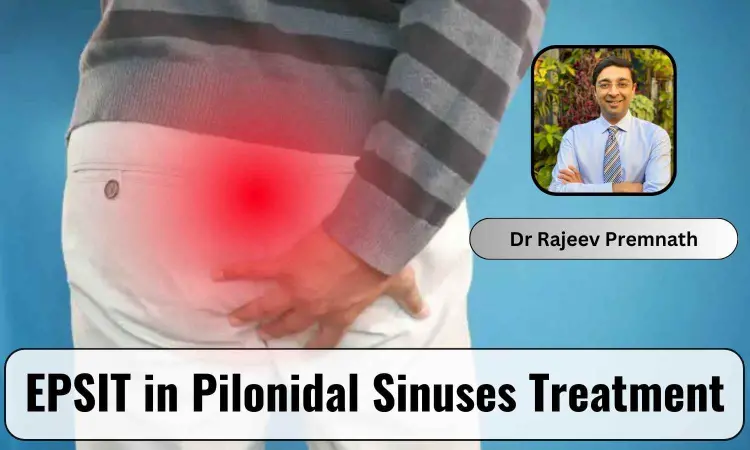- Home
- Medical news & Guidelines
- Anesthesiology
- Cardiology and CTVS
- Critical Care
- Dentistry
- Dermatology
- Diabetes and Endocrinology
- ENT
- Gastroenterology
- Medicine
- Nephrology
- Neurology
- Obstretics-Gynaecology
- Oncology
- Ophthalmology
- Orthopaedics
- Pediatrics-Neonatology
- Psychiatry
- Pulmonology
- Radiology
- Surgery
- Urology
- Laboratory Medicine
- Diet
- Nursing
- Paramedical
- Physiotherapy
- Health news
- Fact Check
- Bone Health Fact Check
- Brain Health Fact Check
- Cancer Related Fact Check
- Child Care Fact Check
- Dental and oral health fact check
- Diabetes and metabolic health fact check
- Diet and Nutrition Fact Check
- Eye and ENT Care Fact Check
- Fitness fact check
- Gut health fact check
- Heart health fact check
- Kidney health fact check
- Medical education fact check
- Men's health fact check
- Respiratory fact check
- Skin and hair care fact check
- Vaccine and Immunization fact check
- Women's health fact check
- AYUSH
- State News
- Andaman and Nicobar Islands
- Andhra Pradesh
- Arunachal Pradesh
- Assam
- Bihar
- Chandigarh
- Chattisgarh
- Dadra and Nagar Haveli
- Daman and Diu
- Delhi
- Goa
- Gujarat
- Haryana
- Himachal Pradesh
- Jammu & Kashmir
- Jharkhand
- Karnataka
- Kerala
- Ladakh
- Lakshadweep
- Madhya Pradesh
- Maharashtra
- Manipur
- Meghalaya
- Mizoram
- Nagaland
- Odisha
- Puducherry
- Punjab
- Rajasthan
- Sikkim
- Tamil Nadu
- Telangana
- Tripura
- Uttar Pradesh
- Uttrakhand
- West Bengal
- Medical Education
- Industry
What Is Jeep's Bottom? Understanding Signs, Symptoms And Treatment - Dr Rajeev Premnath

In the present era, the culprits behind a multitude of health problems are often identified as sedentary lifestyles and prolonged periods of sitting. One unique issue surfacing due to extended sitting is the well-known "Jeep's Bottom" or Pilonidal Sinus. Originally known to afflict soldiers in World War II jeeps, it now targets students, IT professionals, and chronic sitters.
Imagine a 'hair nest' tucked between your buttocks. Pilonidal Sinus happens when glands enthusiastically gather hair and debris, setting off a chronic inflammation that occasionally results in painful infections. This tiny trouble causes problems, making people use antibiotics. So, in our sit-a-lot era, be wary of these sneaky 'hair nests' in your natal cleft.
Recognizing the Signs
A pilonidal sinus impacts the natal cleft, located at the upper buttocks crease beneath the tailbone. The affected area may appear red, with foul-smelling pus. Additional symptoms encompass fever and pain. In essence, it presents as an unwelcome skin dimple, potentially causing discomfort and various fluid discharges, alongside the unwelcome accompaniment of fever and pain. In essence, it presents as an unwelcome skin dimple, potentially causing discomfort and various fluid discharges, alongside the unwelcome accompaniment of fever and nausea.
The occurrence of pilonidal sinus is higher in males, with a ratio of 4:1. Factors contributing to the risk include excess weight, a family history of the condition, trauma or irritation in the area, a sedentary lifestyle, abundant hair around the buttocks, poor hygiene practices, and younger age. While the condition affects both genders, it prefers specific lifestyles and family histories.
Simple Cuts or Complex Surgeries?
The go-to treatment used to be cutting open the abscess and draining the pus for instant relief. Another common approach is removing the pilonidal sinus, but it leaves a sizable wound that has to heal on its own. Stitching up this wound can result in recurring sinuses and infections.
For more extensive sinuses post-removal, plastic surgery techniques like rotation flaps are increasingly used. However, they come with significant challenges. It's like choosing between quick relief with a simple cut or a more involved process with potential complications.
EPSiT: Revolutionizing Pilonidal Sinus Care
Understanding why EPSiT can be a game changer treatment, EPSiT, short for Endoscopic Pilonidal Sinus Treatment, is a groundbreaking, minimally invasive approach to transforming the management of pilonidal sinus at the natal cleft.
- Procedure: Utilizing a specialized miniature camera, the procedure navigates the sinus with precision. The internal lining undergoes safe cauterization, complemented by a thorough cleaning with a brush. Deftly clearing out debris and pus, all actions are monitored under the watchful eye of the tiny camera lens.
- Game-Changing Features: With a small incision, healing initiates swiftly. Substantially reduced pain, even in complex cases where a lingering sinus is addressed later with local anesthesia.
- Treatment Details: Some individuals may require multiple EPSiT sessions for complete healing.
- Typically performed as a day-case procedure under general, spinal, or local anesthesia, catering to individual needs and health conditions.
Benefits of EPSiT Over Traditional Surgery
- Enhanced Visibility: Surgeons can identify complex sinuses, branching tunnels, and abscesses through the miniature camera.
- Preservation of Natal Cleft: Unlike traditional methods, EPSiT doesn't impact the natal cleft.
- Minimal Wounds: Small wounds eliminate the need for packing material insertion.
- Rapid Recovery: Reduced post-procedure discomfort enables a quicker return to daily life.
- Local Anesthesia Option: The procedure is adaptable and can be performed under local anesthesia.
In simple terms, EPSiT is a friendlier option for patients, giving them a clearer view, minimal disruption, and a faster bounce back. It's like a refreshing twist in the world of pilonidal sinus treatment, making things easier and faster for everyone involved.
Dr Rajeev Premnath MBBS, MS (General Surgery) is a General, Laparoscopic Surgeon and Endoscopist at Hitech Hernia Centre, Ramakrishna Hospital Jayanagar, Bengaluru having over 25 years of experience in the field. He specializes in Day Care Surgery, Minimal Access Surgery, Mini-Laparoscopy, Minimal Invasive Proctology, and Hernia Surgery.


